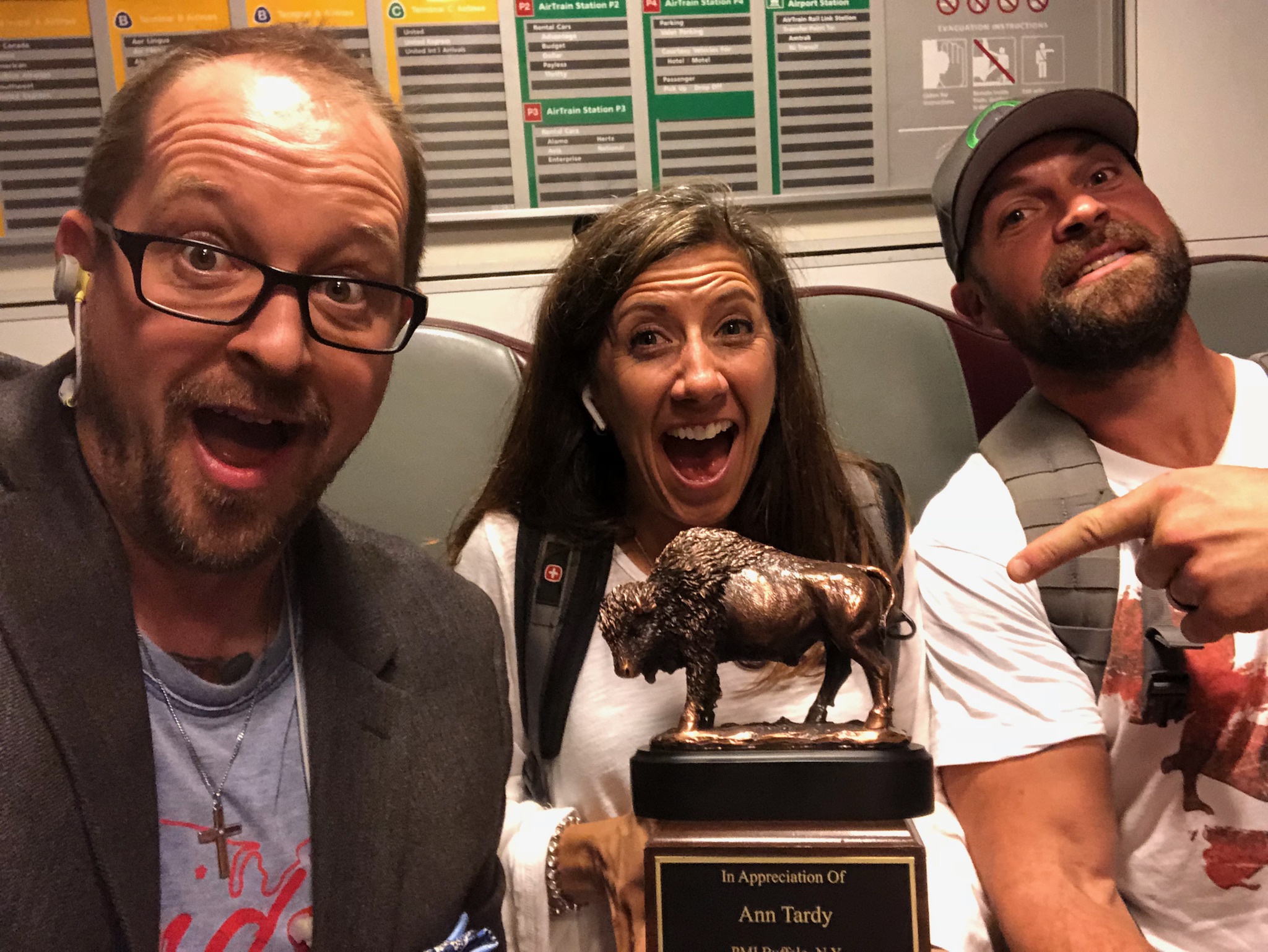
Know Your Audience (especially if you want new friends and great presentations!)
When I grudgingly moved from California to New Jersey a decade ago, I regaled everyone I met with stories about “amazing San Francisco!”
The result? It took me a long time to make friends.
Why? I violated a critical rule: know your audience.
Whether we are talking with new neighbors, teaching a workshop, exploring an idea with a team, or giving a presentation from the stage, we need to start with “know your audience” not “know your topic.”
- Know who is in the audience (their background and experiences)
- Understand their communication preferences (do they want stories, bullets, research, experiences, props?)
- Relate to them (what do you have in common with them?)
- Consider their reaction to the topic/message (will they be defensive or curious?)
- Ascertain their priorities (what’s important to them?)
- Determine why your topic is important to them (why are they willing to listen?)
- Talk about what’s important to them (frame your topic/message accordingly)
Some practical ways to “know your audience:”
- Interview people before a meeting/presentation to learn their priorities, preferences, and perspectives (don’t just rely on titles and assumptions!)
- Ask questions to involve people and determine what they want to learn about you or the topic
- Be flexible and adapt based on what you discover
- Provide context and backstory (…if they want it)
- Explain jargons and acronyms (…if they need it)
- Observe their listening (notice eye contact, smartphone usage, facial expressions)
- Look around and see where you’re at – let the environment inform (ex: people who live in NJ don’t want to hear incessantly how great it is to live someplace else!)
- Be patient and curb your defensiveness if they disagree or appear disinterested
To build trust and respect, audiences (of all sizes) want to know that we get them and that what we’re saying actually matters to them.
Essentially, people just want to know that we care about their stage before our own.
![]()






